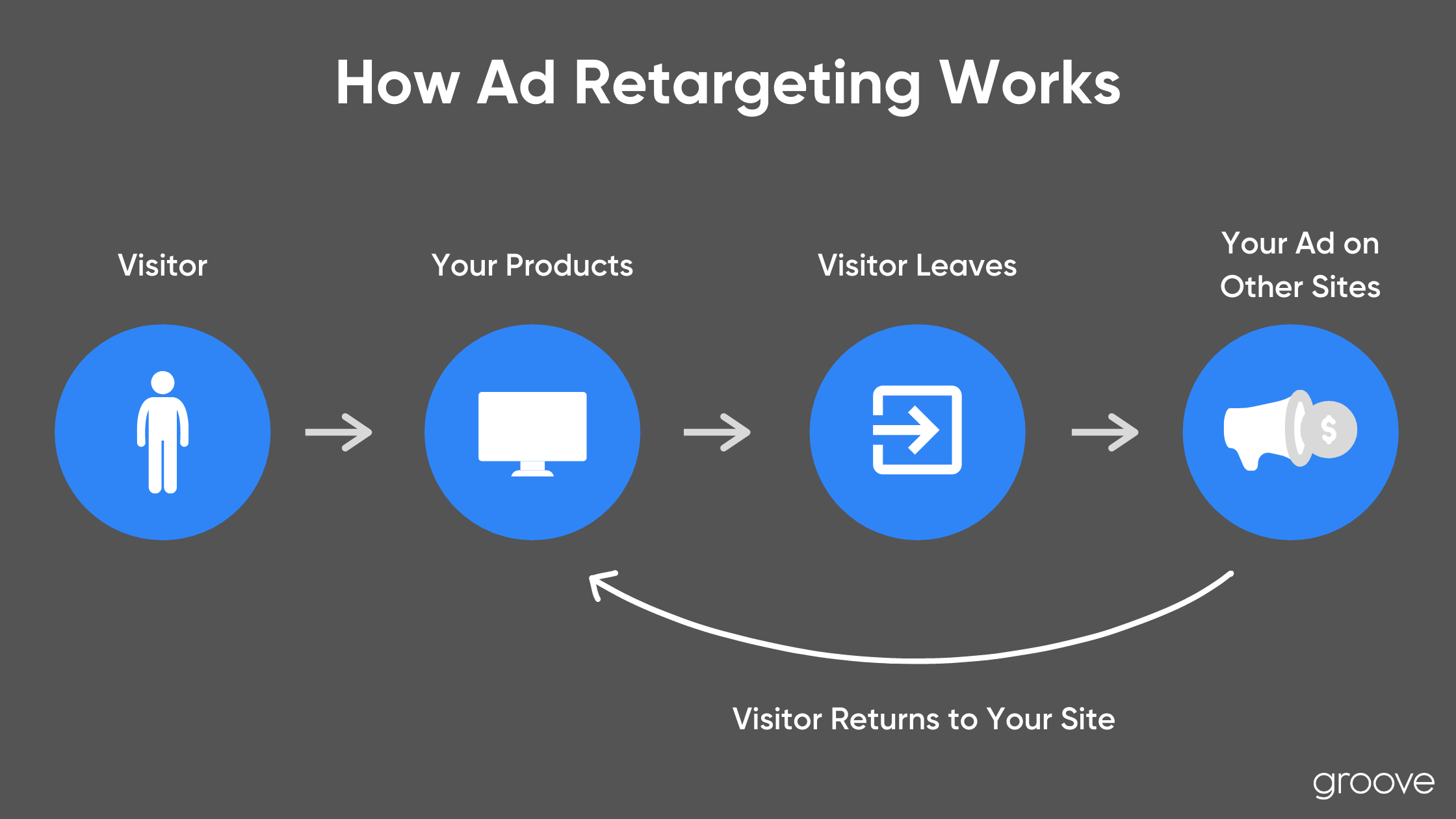Paid Search Strategy: 4 Tips To Drive More Customers
When it comes to eCommerce, a paid search strategy is a great way to reach customers who are actively searching for products like yours. Get your content in front of the right audience and display your ads at the top of search engine results pages by leveraging eCommerce advertising.
Paid Search Strategy: 4 Tips
Many eCommerce businesses struggle with deciding which is better for their business: SEO or paid search. In this blog, we're sharing 4 tips to optimize campaigns and increase revenue:
- Use audience targeting
- Conduct a competitive audit
- Use Google shopping, search and display ads
- Leverage retargeting, reporting and optimization
Use Audience Targeting
Identify audience intent by taking a look at the types of phrases and keywords your audience is searching for. Though the intent behind a search can vary immensely, audience targeting is a great starting point for segmenting users.
Reach high-intent customers by narrowing your potential audience to reach the people who are most like your core customer base. From there, specifically target different segments of customers, leads or prospects to send them an offer that’s most relevant to their needs.
To help your eCommerce store find the right audience, we recommend using the following in your paid search strategy:
- Affinity markets
- Interests
- Demographics
- Purchase intent
Affinity audiences help eCommerce businesses reach people with a qualified enthusiasm for a specific topic based on their lifestyle and habits. Take advantage of users' interests when using paid media platforms, like Facebook or Instagram, to determine whether you want to target them.
Cater ads to certain demographics that best fit your promotion − this can be anything from location and age group to education level and more. However, just because someone fits a certain demographic and has interests similar to those of your targeted audience does not mean they want to (or are ready to) purchase from your store.
Last, target high-intent customers by offering ads to those who search long-tail keywords. Though long-tail keywords generate much less traffic, they usually have a higher conversion rate due to their specificity. For example, a person who searches for "professional camera" is still in the awareness or consideration of the buyer's journey, while a person who searches for "Nikon D5600 DSLR video camera" is likely to be in the decision stage and ready to make a purchase.
Conduct A Competitive Audit
Analyze the competitive landscape to differentiate your business and reach new customers. Determine what keywords your competitors' ads are showing up for, and consider adding those keywords to your ad groups. Ideal keywords have a high search volume and low competition.
Look to see if there's an audience overlap between your brand and a competitor. If so, consider implementing strategies your competitor is using to increase the chances of your audience taking action on your ad. The same thing goes for product overlap − check what strategies are being used by the competitors who sell similar products or services.
Use Google Shopping, Search & Display Ads
Using different types of ads allows you to reach your customers wherever they are in the buyer’s journey. We recommend that your paid search strategy utilizes a combination of ad formats to attract, engage and nurture customers through the marketing funnel. No matter the ad format you choose, be sure to optimize your campaigns around high-impact keywords to increase web traffic with a low CPC.
Google shopping ads serve as a strong visual of your product, its price, your store's name and other rich product information. Search ads are great for targeting high-intent users and are ideal for driving traffic through queries that don't involve keywords. Finally, display ads are typically shown in the Google Display Network (rather than in search results) and help to increase brand awareness.
Leverage Retargeting, Reporting & Optimization
Have you ever viewed a product online without purchasing it, and then seen an ad for that same product across multiple websites? This is called retargeting. Sound familiar?
Retargeting is used to nurture website visitors and guide them back to your website to purchase the item(s) they've expressed interest in, previously viewed or left behind in their shopping cart.

We recommend partnering with an eCommerce PPC agency, like Groove Commerce, that leverages detailed reporting and optimization to lower cost-per-click, maximize return on spend and help you reach new customers. Check out how we helped this client increase ad revenue by over 45% with paid media support.
Conclusion
Implementing a unique paid search strategy is critical to attracting new customers and nurturing existing customers. To learn more about how Groove's website and marketing services can help you transform website visitors into repeat customers, just reach out through the form below with any questions or concerns. A member of our team will be in touch shortly!



